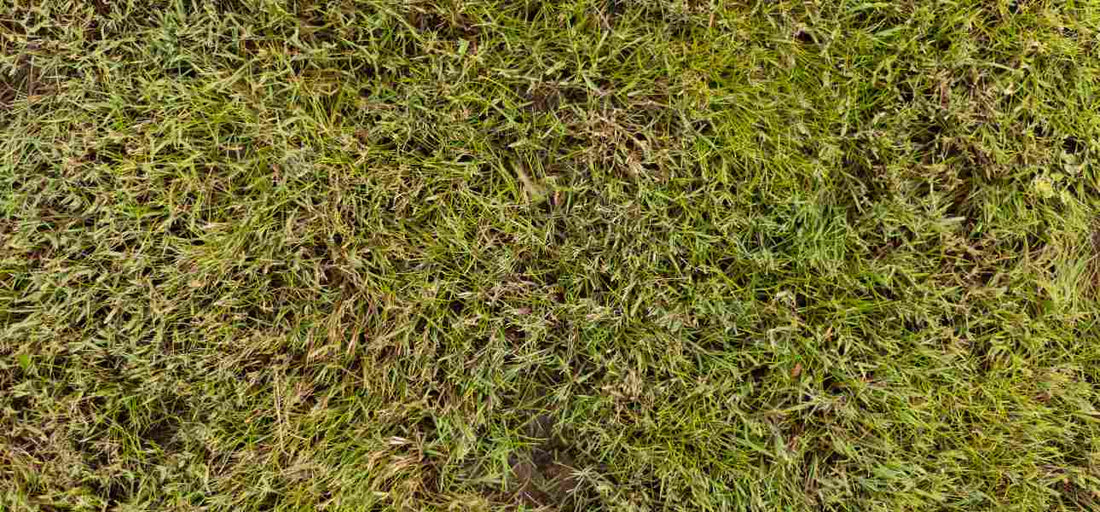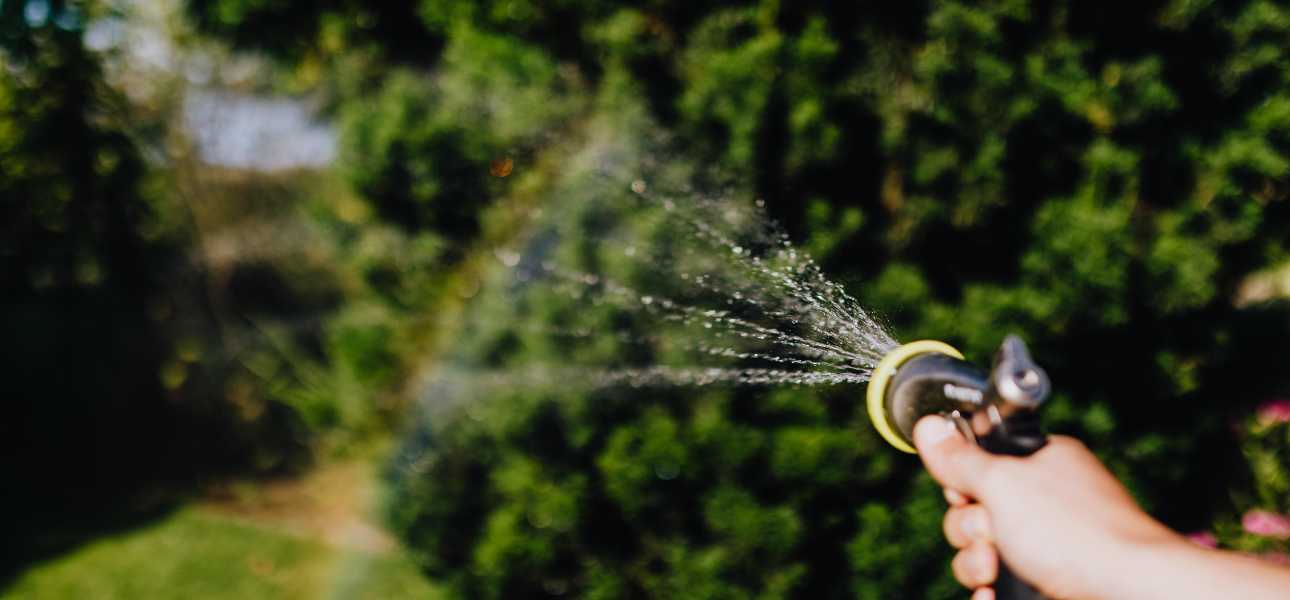
How to Prevent Grass Burn
Jamie TedderThere are a few things as disheartening as the unsightly brown patches of burnt grass on an otherwise healthy lawn. Grass burn can result from various factors, including fertilizer burn, drought, and dog urine. This issue is particularly prevalent in the summer when the grass is exposed to extended periods of heat and stress.
However, with proper maintenance, you can take the first step towards preventing lawn burn and maintaining a lush, green cover.
Excess Fertilizer Can Lead to Burnt Grass
Fertilizer burn occurs mainly when there is excess fertilizer in the soil, which happens when plants receive more nutrients than they can absorb. This can result from over-application or other common mistakes, such as accidental spills or the use of inappropriate fertilizer without a prior soil test.
When fertilizers accumulate in the soil, the fertilizer salts can draw water away from the roots, desiccating the grass blades and leading to a scorched appearance on the lawn. Fertilizer burn can manifest as yellow or brown grass or scorched stripes, often seen where fertilizer application has overlapped, such as when using a spreader with granular fertilizer.
Fast-release fertilizers, like liquid or water-soluble fertilizers, pose a higher risk of over-fertilizing. These products are often applied in excess, depositing more nitrogen than the microbes in the soil can break down. You can avoid using too much fertilizer by using slow-release fertilizers instead.
NutriPod® is a lawn fertilizer designed to provide a gradual and steady release of nutrients to grass plugs. Each pod is placed into a planting hole before the plugs, where it slowly dissolves, releasing nutrients slowly and steadily for up to 45 days. This method reduces the risk of fertilizer burns and ensures your lawn receives the nutrients necessary for healthy grass growth.

Other Possible Reasons for Lawn Burn
Dog Urine: The urea in a dog's urine contains high levels of nitrogen, which can result in lawn burn. While nitrogen is essential for lush, green growth, an excess can damage grass. When your dog pees on the grass, the concentrated nitrogen can reflect the effects of excessive nitrogen in fertilizer. This can lead to the formation of yellow or brown spots on the lawn, surrounded by healthier, taller grass. The contrast between the affected spots and the surrounding grass indicates the concentration of nitrogen in the urine and its localized effects. Read here for a more detailed guide on how to prevent grass burn from dog urine.
Drought: While warm-season varieties like Bermuda, Zoysia, and St. Augustine grasses are drought-tolerant, the lack of rain for extended periods can make them susceptible to grass burn. Without adequate moisture, it becomes stressed and less able to withstand damage. The drought conditions can also exacerbate the effects of fertilizer burn as it impedes nutrient uptake, potentially resulting in further harm to your lawn.
Diseases: Fungal diseases can contribute to the appearance of dead patches on the lawn, with symptoms similar to the effects of grass burn. For example, brown patch disease can result in dead-looking grass that resembles burn damage. Proper diagnosis is essential in determining the appropriate course of action, as treating a disease requires different methods than addressing burnt grass.
Can You Revive Dead Grass? How to Fix Fertilizer Burn
Unfortunately, you cannot restore brown, dead grass to its vibrant green color, but the grass will regrow on its own over time. Nevertheless, you can speed up the recovery process by installing sod, which provides an almost immediate green cover to your lawn.
At Bethel Farms Florida, we offer a wide range of warm-season grass varieties for sod and grass plugs, which guarantees the benefit of faster establishment than grass seed, providing an efficient way to restore the appearance of your lawn. In addition to instant results, our wide range of grass sod for sale aids in erosion control and preventing weed growth, with its dense and uniform grass cover that effectively chokes out weeds.

How to Prevent Future Grass Burn Damage
Proper upkeep is crucial to prevent future grass burn damage.
Mow at the proper heights: Avoid cutting the grass too short, as this can stress the grass, exposing the crowns and roots to harsh weather conditions and making it more susceptible to burn. Most warm-season grasses perform best when maintained within 2-2.5 inches of height. Make sure to cut no more than one-third of the grass blades each mowing—this allows the grass to redirect energy into growing stronger roots without affecting its ability to feed itself.
Fertilize properly: Fertilize your lawn at the right times and with the appropriate amount of fertilizer. Avoid fertilizing when the grass is wet, as this can increase the risks of fertilizer burn. Additionally, refrain from fertilizing during excessively dry conditions, when the grass is stressed and may not be able to absorb the nutrients effectively.
Water adequately: It is generally recommended to water your lawn once a week, adjusting the frequency as necessary based on weather conditions, such as drought. Deep, infrequent watering encourages deeper and stronger root development, helping the grass to become more resilient and withstand periods of stress.
For more expert lawn care tips and to explore your options for Bethel Farms sod, visit our website today!
